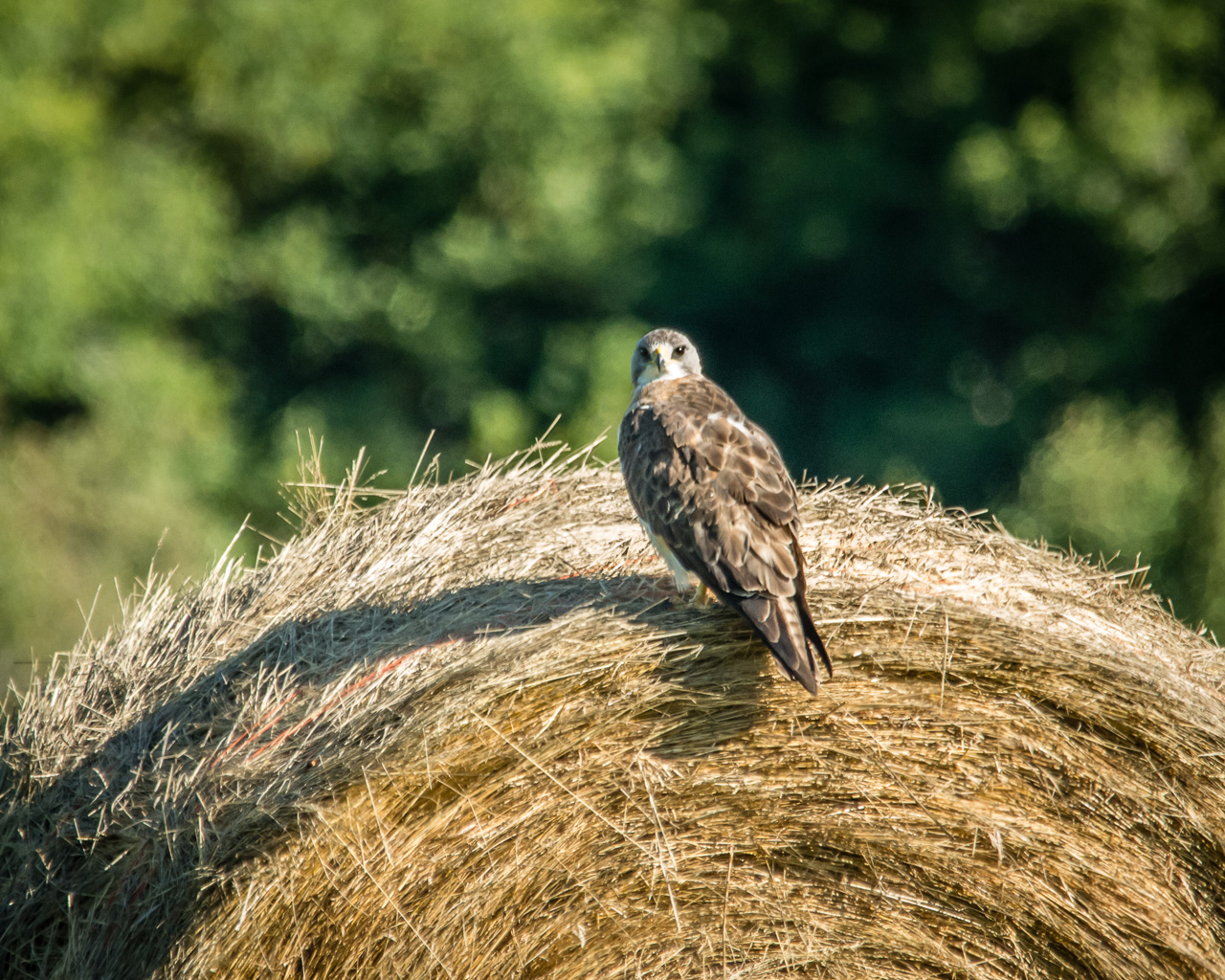Most history museums are full of inert objects from a past that no longer exists – horse-drawn carts, penny farthing bicycles, or vintage cameras. But that’s not the case at the City of Winnipeg’s Living Prairie Museum, a 12-hectare remnant of tall grass prairie. “The site is a glimpse into our history, what Winnipeg would have looked like 100-200 years ago,” explains Sarah Semmler, the museum’s curator. “People often don’t understand the importance of tall grass prairie. We’re able to explain that it’s rarer than rain forests, covering less than 1% of North America.”
Prior to European settlement, tall grass prairie stretched from southern Manitoba to Texas, covering one million square kilometres. Thousands of plants, animals, and insects found a home here as did many of Canada’s Indigenous peoples. The Living Prairie Museum gives visitors the opportunity to experience tall grass prairie, to touch the grass, smell the flowers, and hear the birds. It also serves as a refuge for native plants and urban wildlife and provides Winnipeg residents with educational opportunities and a chance to connect with nature. “A space like this helps demonstrate the connectivity of species and ecology,” Sarah says. “Without it, it would be harder to draw people’s attention to grassland conservation.”
The museum opened in 1976 and is located in Winnipeg’s St. James neighbourhood. It’s surrounded on 3 sides by housing estates, while the fourth side is industrial. The Living Prairie Museum falls under the jurisdiction of the City of Winnipeg’s Naturalist Services. “Winnipeg is unique in having quite a few pieces of intact land – forest, wetland, and prairie – within its boundaries,” explains Sarah. The remnant prairie isn’t totally enclosed so wildlife come and go using wildlife corridors and an adjacent aspen/oak forest to access other parts of the city.
The Living Prairie Museum has been fortunate not to have experienced any wildlife conflict. Staff regularly remind visitors not to feed any of the wildlife as the prairie is a complete habitat providing all the food the animals need. Work is ongoing to keep invasive species such as Canada thistle, smooth brome, and tufted vetch out of the prairie. “We try to maintain a border,” Sarah says. “The main tool is hand-pulling by summer students. We also rent a herd of sheep from a local farmer for 2-3 weeks a year. We tried goats this year, but they’re just a little too mischievous for our temporary fencing.”
People living in the St. James neighbourhood are very familiar with the museum and ask lots of questions so staff try to be proactive and advertise activities such as grazing and prescribed burns. They promote the museum to a wider Manitoba audience by publishing fun facts and macro photos on social media.
The museum has 2 full-time year-round staff and up to 10 employees during the summer months. It’s a busy place with activities ranging from habitat management to school and family educational programs and self-directed visits. The interpretive centre was closed for an extended period due to Covid 19 with the museum unable to provide its standard environmental programming. In a normal year, however, thousands of school children participate in programs ranging from colours and sounds of the prairie to soil, weather conditions, and the scoop on poop. Winter programs include animal tracks and snowshoe rental on Sundays.
There is family programming once a week during the summer months and speakers on the research taking place in Manitoba’s natural habitats during the winter. Individual visitors can explore a trail with a pamphlet pointing out interesting features (buffalo wallow, sites of former homesteads, snowberries enjoyed by deer in winter, etc.) and nature backpacks with fun things for kids to do on the hike.
The Museum’s annual Monarch Butterfly Day has proven to be extremely successful. “We try to find things that get people excited to draw them in,” Sarah says. “People already know a fair bit about monarch butterflies, so we use that to bring people out. Then we can make the link between monarchs and our prairie habitat and how one supports the other.” Up to 1500 people attend the event which has been in place for the past 13 years. There is a trade show, displays by local conservation organizations, a speakers’ tent, guided hikes, face painting and crafts, prizes, and a butterfly release at the end of the day. Up to 500 free milkweed plants are given away each year.
Seed plots south of the city are used to grow native plants, which are used to improve genetic diversity at the museum and enrich other sites around the city. Volunteers help to harvest seeds from remnant prairie sites but are strictly supervised as there are firm guidelines on harvesting seeds on city sites.
Last fall, the museum planted an Indigenous garden next to the museum’s nature playground as part of its response to the Commission on Truth and Reconciliation. They’ve planted native plugs of sweetgrass and sage but avoided cedar and tobacco in case they encroached onto the remnant prairie. The public has been invited to start harvesting this fall under the guidance of Elders and Knowledge Keepers.
Further Information
Northeast Swale (a ribbon of remnant prairie in and close to Saskatoon)
Photo Credits
Wild Bergamot and Purple Prairie Clover, Sarah Semmler
Sheep Grazing, Paul Mutch
Guided Hikes at Monarch Butterfly Day, Christa Burstahler
Volunteer Seed Harvesting, Celeste Odono











